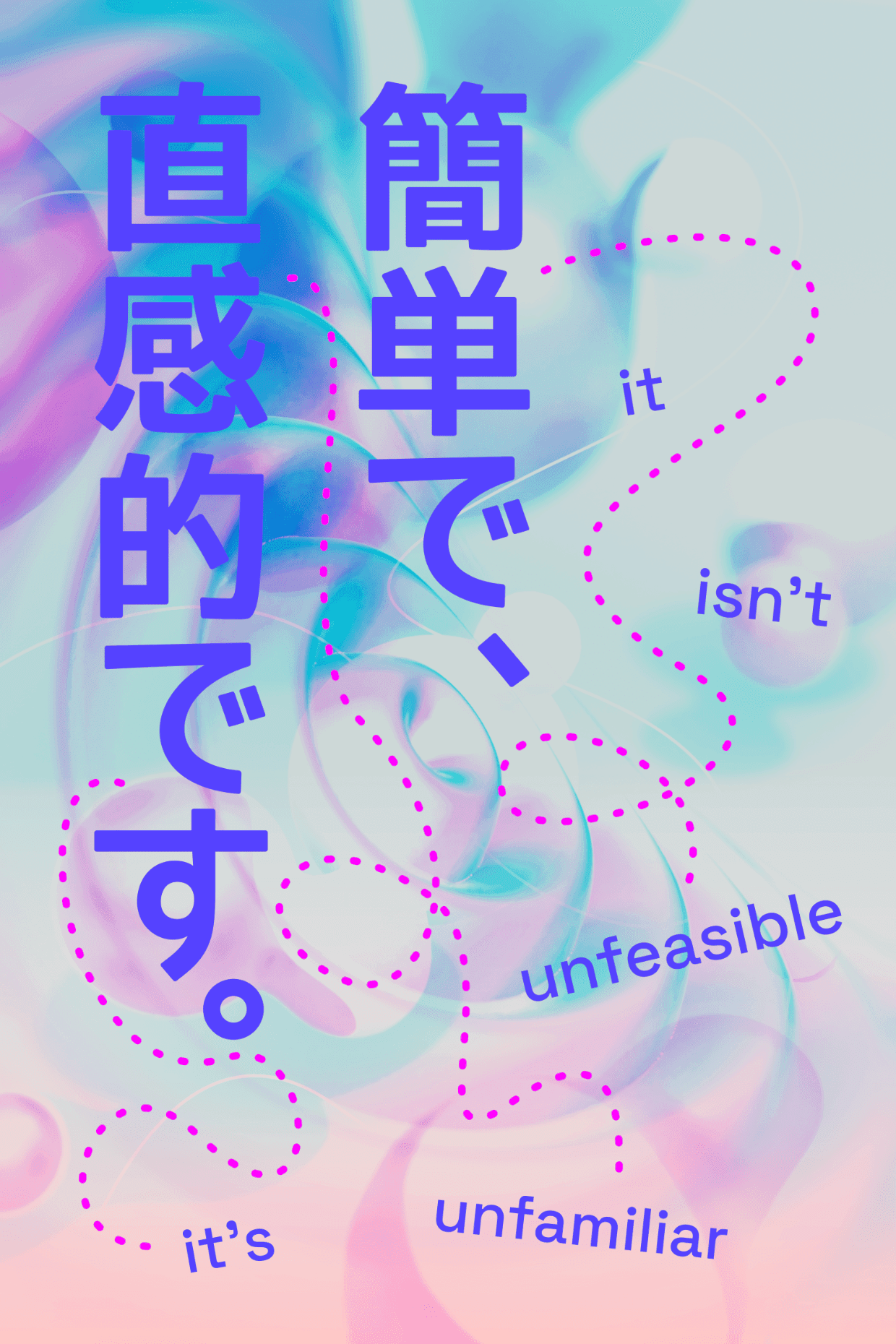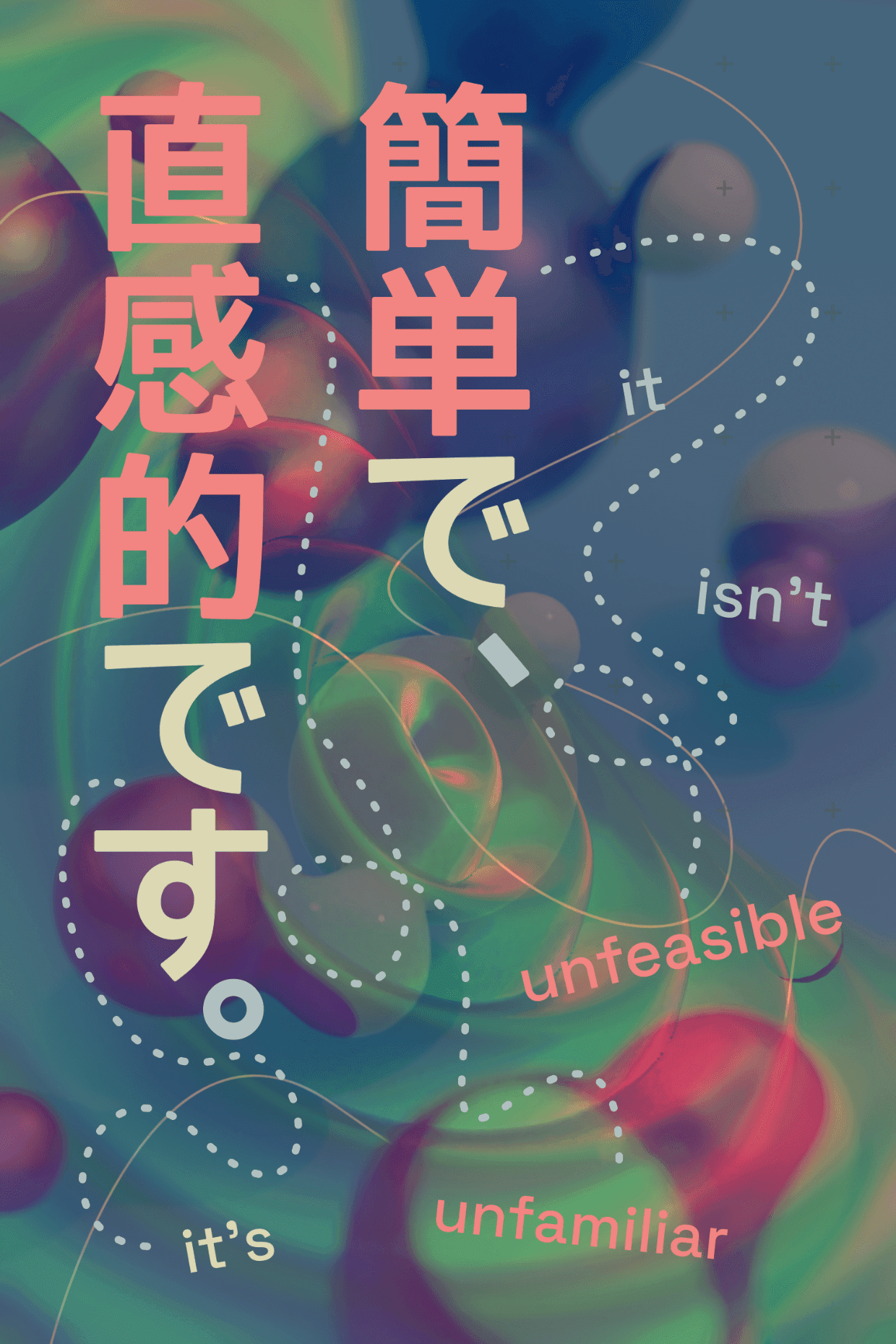Morphology
2020
Morphology, in linguistics, refers to the forms and structure of words in language, and their relationship to others. More generally, the word relates to the forms of things—anything, not just words.
This project explores its various meanings in three parts. First, interpreting "morphology" in the more general sense, by exploring abstract 3D forms and texture.
Then, I explored the specific linguistic definition of the word, comparing the differences between the sentence order of different languages as well as the structure of words themselves.
The final result is a poster which combines the 3D forms with typography.
Part one
Exploring the forms of abstract 3D objects


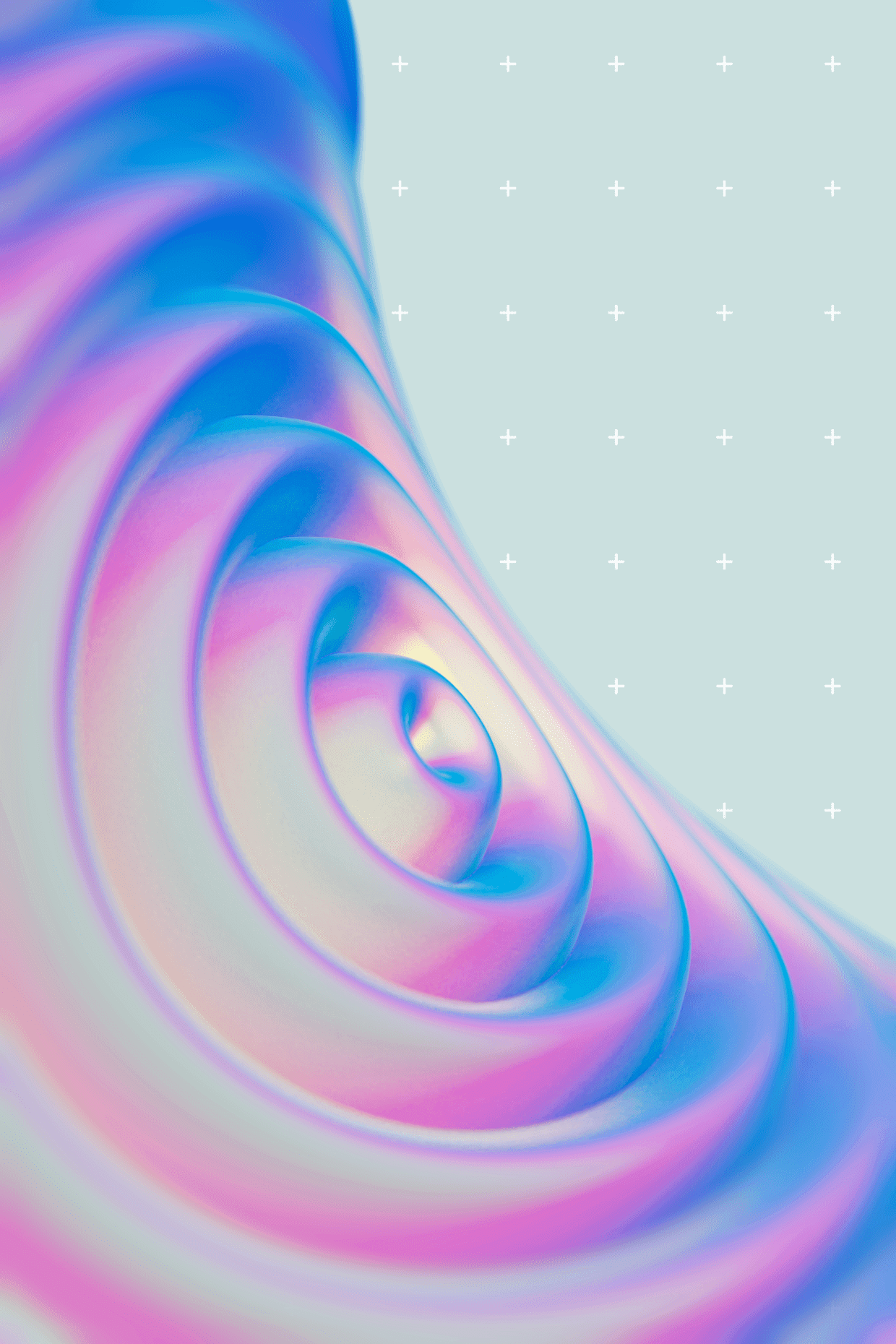
Part two
Forms and structure of words in language
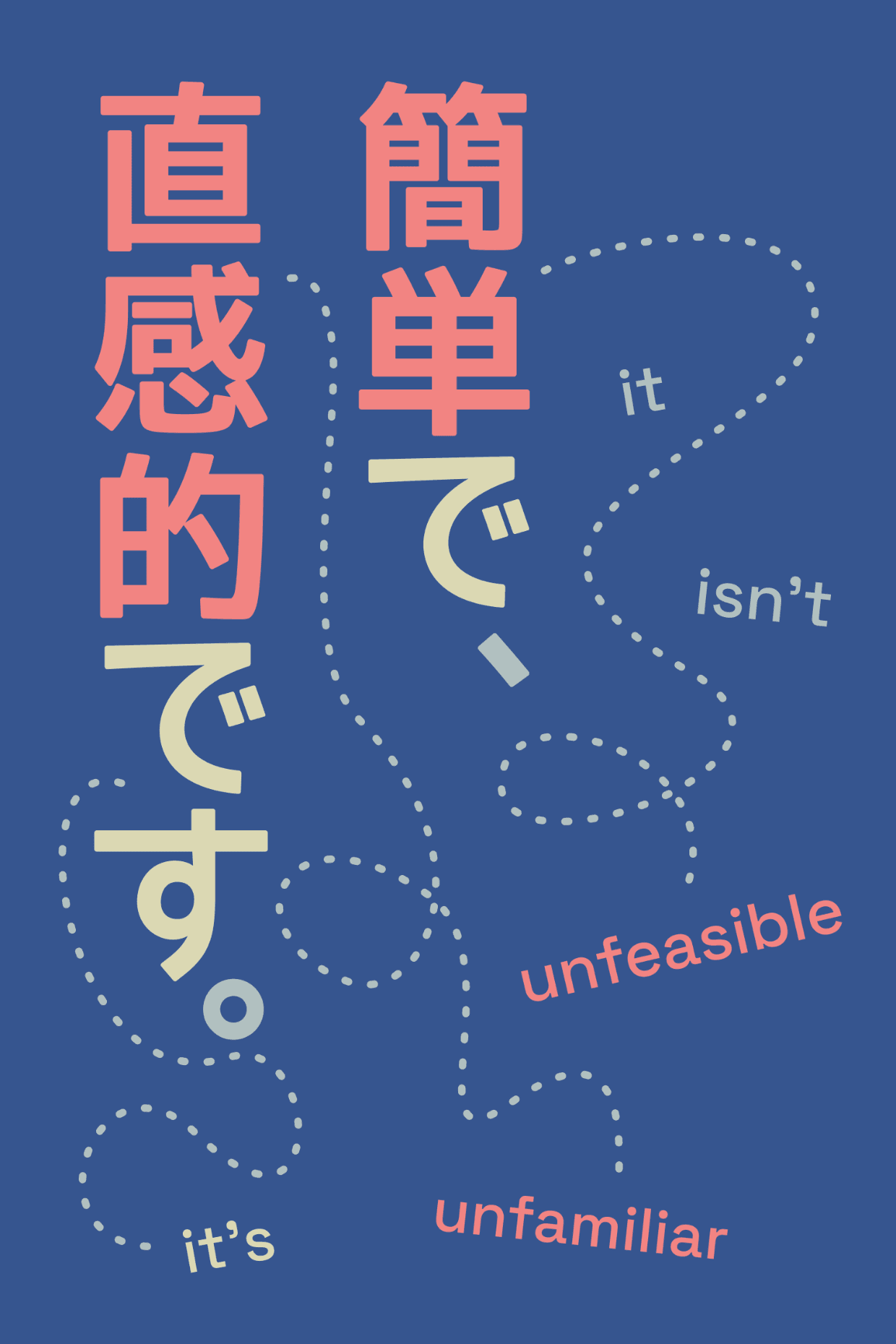
Showing contrast in sentence structure. While sentences in English generally follow a subject-verb-object order, Japanese places verbs at the ends of sentences, with verb objects coming before them.
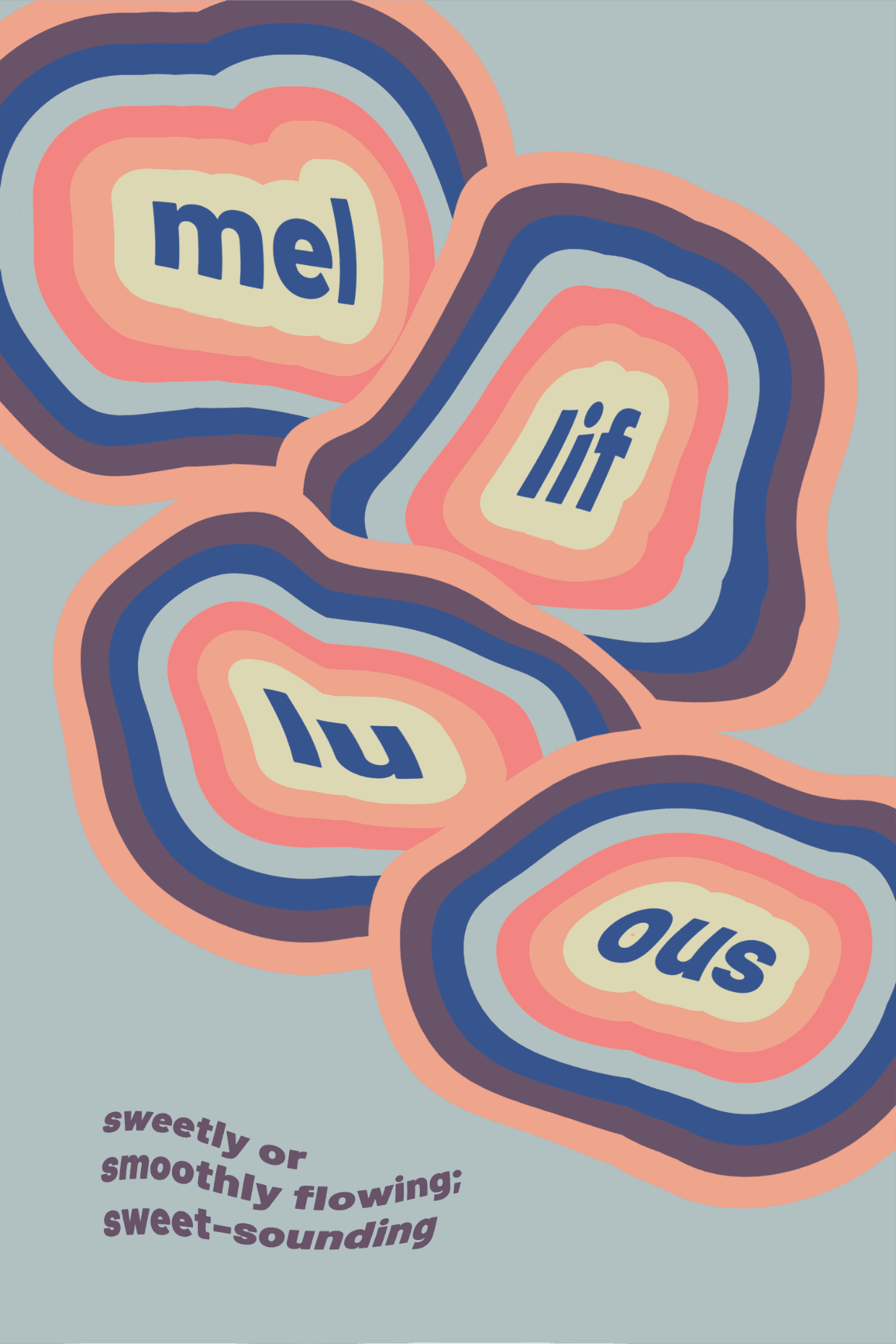
Breaking the word "mellifluous" into its syllables
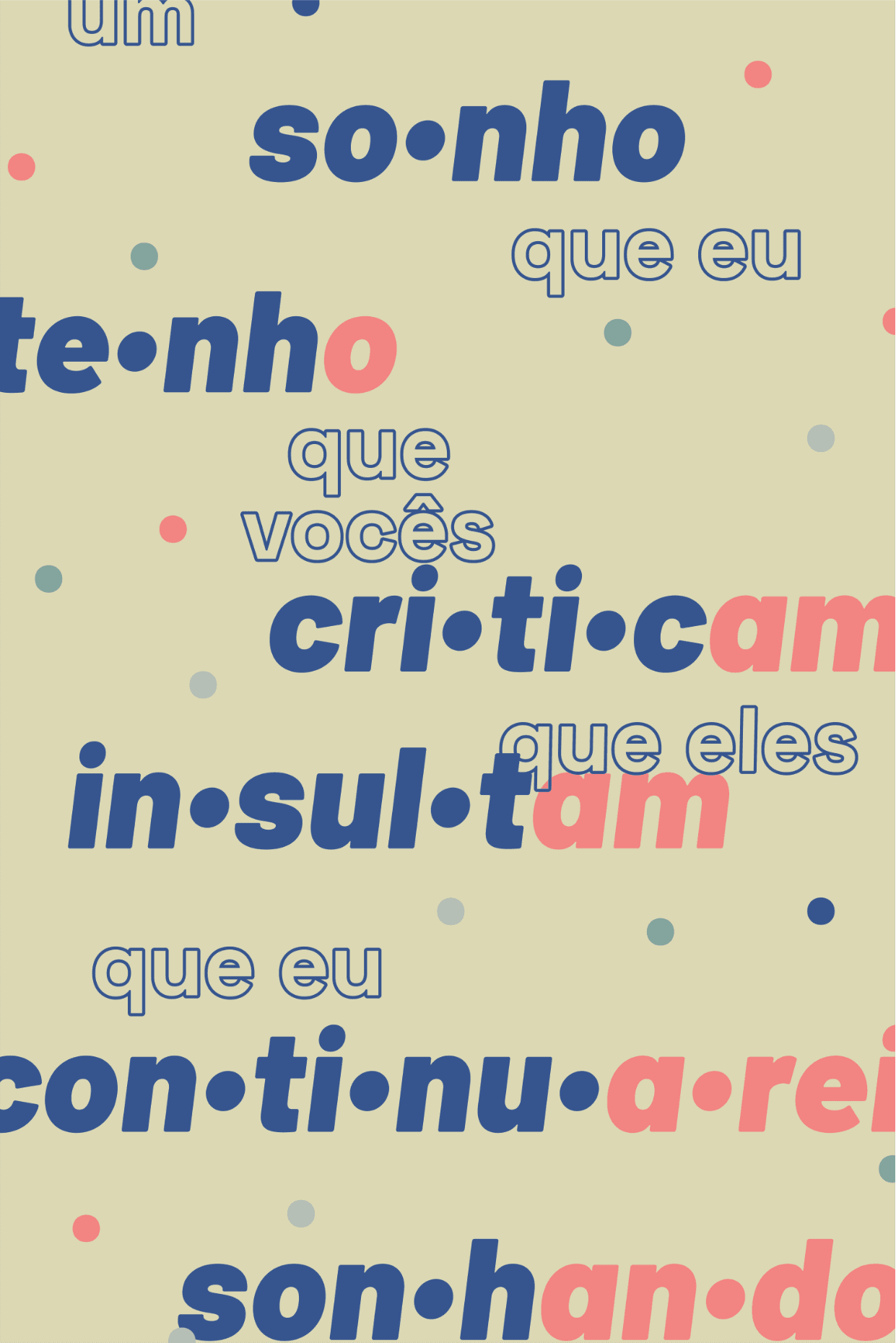
Highlighting the complexity of verb conjugation in Portuguese. compared to many other languages, Portuguese has a great amount of different verb forms.
Part three
Morphology in two interpretations
